Does the water become softer when drinking Tea with a Jian zhan?
Is overglaze enamel safe?
Is crackleware really toxic?
………..
These are questions many tea enthusiasts care about. Let's see how experts on Zhihu answer these questions.
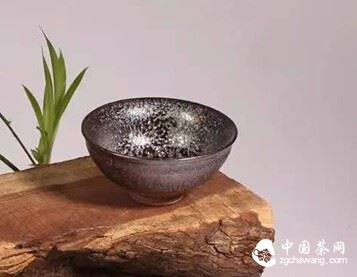
Does the water really become softer when Drinking Tea with a Jian zhan?
The so-called “feeling that the water quality is different when using different cups to drink tea” might be a deceptive illusion. The actual “difference” may mainly lie in the sensation of the lips touching the rim of the cup. If there is an effect on the tea, the water heater, brewing vessel, and fairness cup have a more noticeable impact. However, this is hard to articulate as people's senses of taste and touch vary greatly. The blind pursuit of Jian zhan by some so-called “tea connoisseurs” is misguided. (Collectors who focus solely on the vessels themselves are a different matter.) Modern tea is more suitable for tasting in fine, dense porcelain cups, a practice that has stood the test of time. For ultimate appreciation, one must use glassware just like with wine.
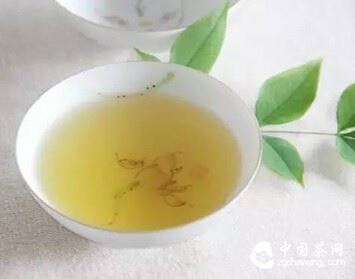
What is the difference between overglaze and underglaze enameling?
Underglaze enameling involves painting on the body before the overall glazing. Because another layer of vitreous glaze is applied over it, the decorative pattern can be seen beneath the water-like layer, giving the impression of brushstrokes slightly diffusing in water. Due to the layer of translucent glaze, the colors of underglaze enamels are brighter.
Overglaze enameling involves painting on the glazed surface of fired ceramics, followed by firing at temperatures between 700 to 900 degrees Celsius. Its images and strokes float on the glaze surface, visible and palpable by the eye and hand, with more vivid and rich colors.
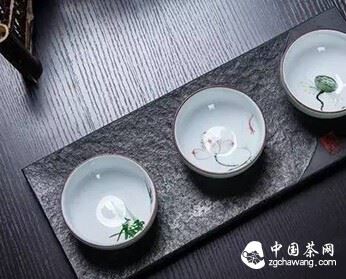
How do you distinguish between heat transfer printing and overglaze enameling (decal papers)?
Feel the edges of the pattern with your fingers. The edges of heat transfer prints are more noticeable to the touch, while decals that have been fired at higher temperatures (800 degrees Celsius) give the impression of being absorbed into the glaze, with a raised feeling but no sharp edges (this requires careful examination).
Is in-glaze enamel safe?
In theory, in-glaze enamel follows the process of overglaze enameling but uses a higher temperature (over 1200 degrees Celsius) during the second firing, allowing the enamels to sink below the vitreous layer, known as in-glaze enamel.
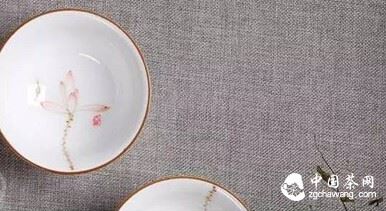
In-glaze enamel is as safe as underglaze enamel. The reason why in-glaze enamel is less common is that in hand-painted ceramics, it is primarily used to express special artistic forms, without the technical challenges of underglaze painting or the simplicity and cost-effectiveness of overglaze enameling, making it less popular among artisans.
How do you distinguish between overglaze and in-glaze enameling?
Look at the edges of the pattern against the light. If you feel a raised sensation where the light refracts, and can feel the pattern with your eyes closed, it's overglaze enamel. If the edges appear smooth when viewed against the light, and the feel is very smooth, it's in-glaze enamel.
If the surface in contact with food is particularly bright in color, the pattern is especially full, or simply gold or Silver, avoid using it, as the heavy metal content will definitely exceed safety limits. Also, don't buy extremely cheap ceramics; using such items is penny-wise and pound-foolish.
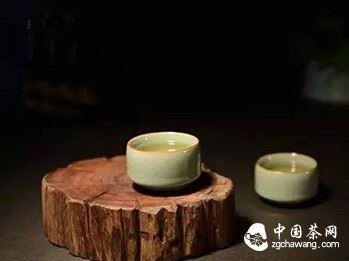
Is crackleware really toxic?
Crackleware results from the different cooling rates of Ceramic bodies and glazes, causing fine cracks on the glaze surface. This is what we commonly refer to as “crazing.”
Crazing has always been part of Chinese ceramic aesthetics. Normal crazing does not cause the glaze to completely crack and expose the body surface. A simple method to judge is to pinch the cup firmly; if it makes a subtle sound, it means the glaze has separated from the body, and such a cup should not be used.
During the use of ceramics, tea seeps into the cracks, forming distinct lines known as “crazing lines.” The type of tea and drinking habits can influence the color of the crazing lines. However, at some point, unscrupulous merchants began using crackle glaze and applying pigments directly to create “crazing lines.” The green color on the bottom of the cup shown above is not painted on after firing but is the result of the glaze flowing to the bottom. However, dishonest merchants have added pigments to the bottom of the plate to simulate the accumulation of glaze.